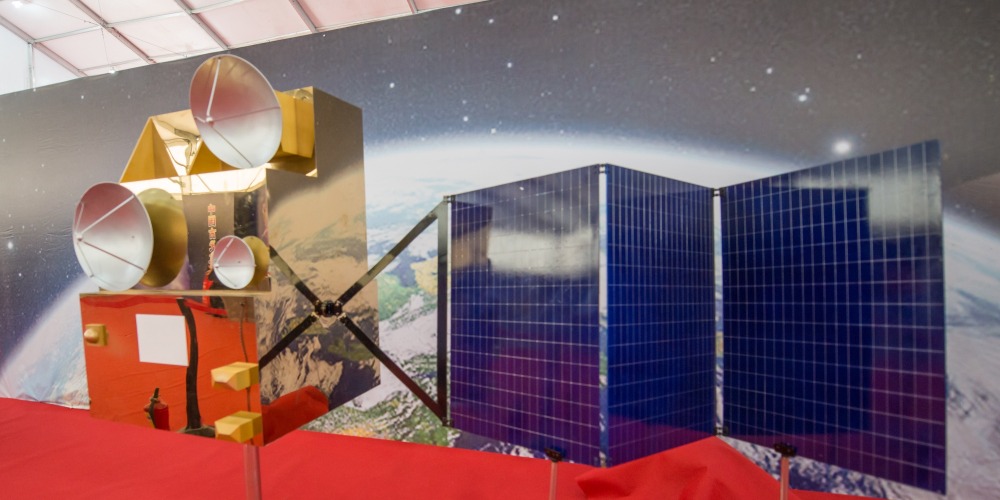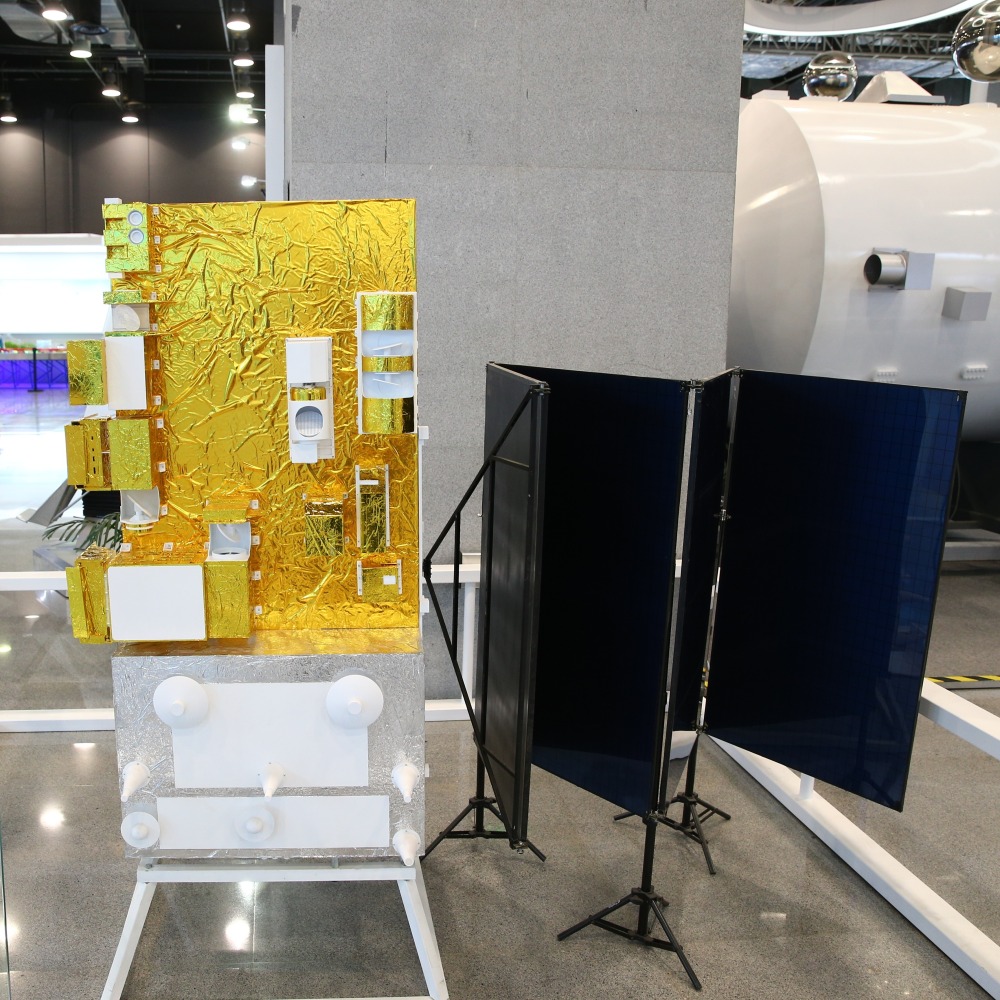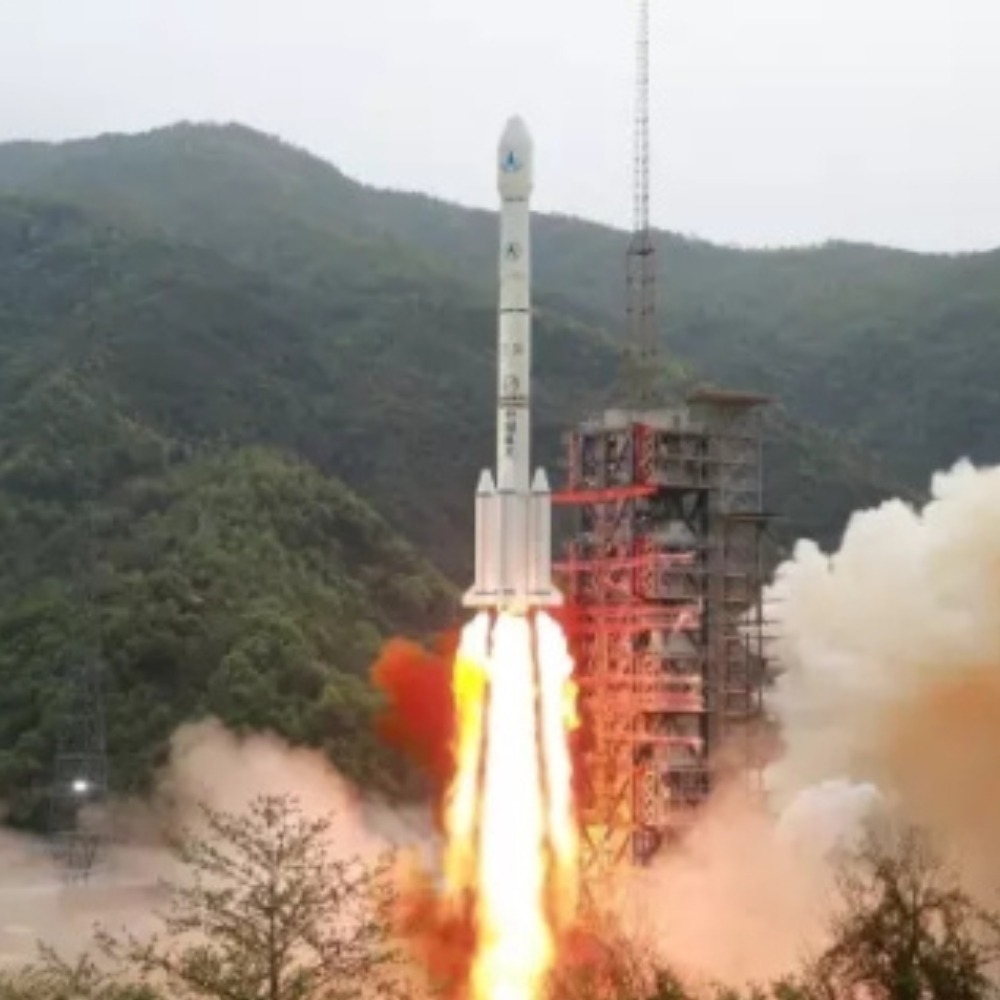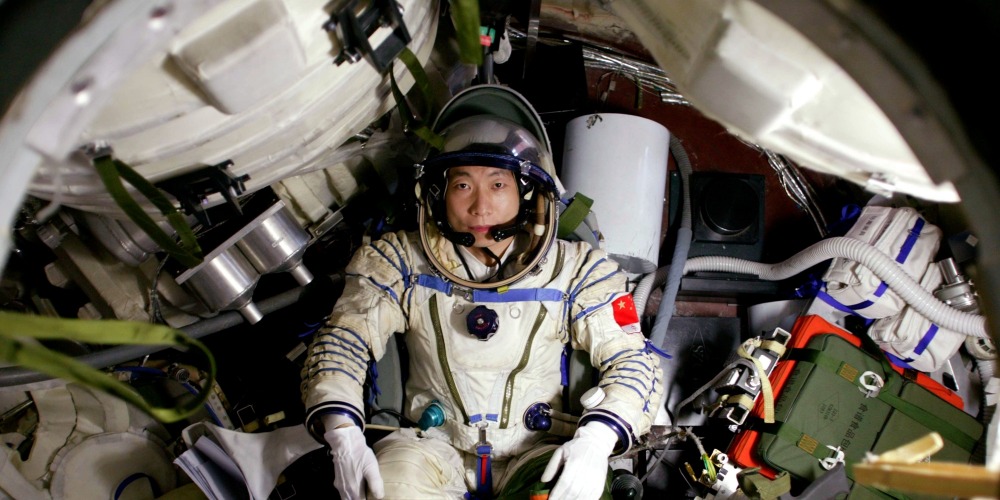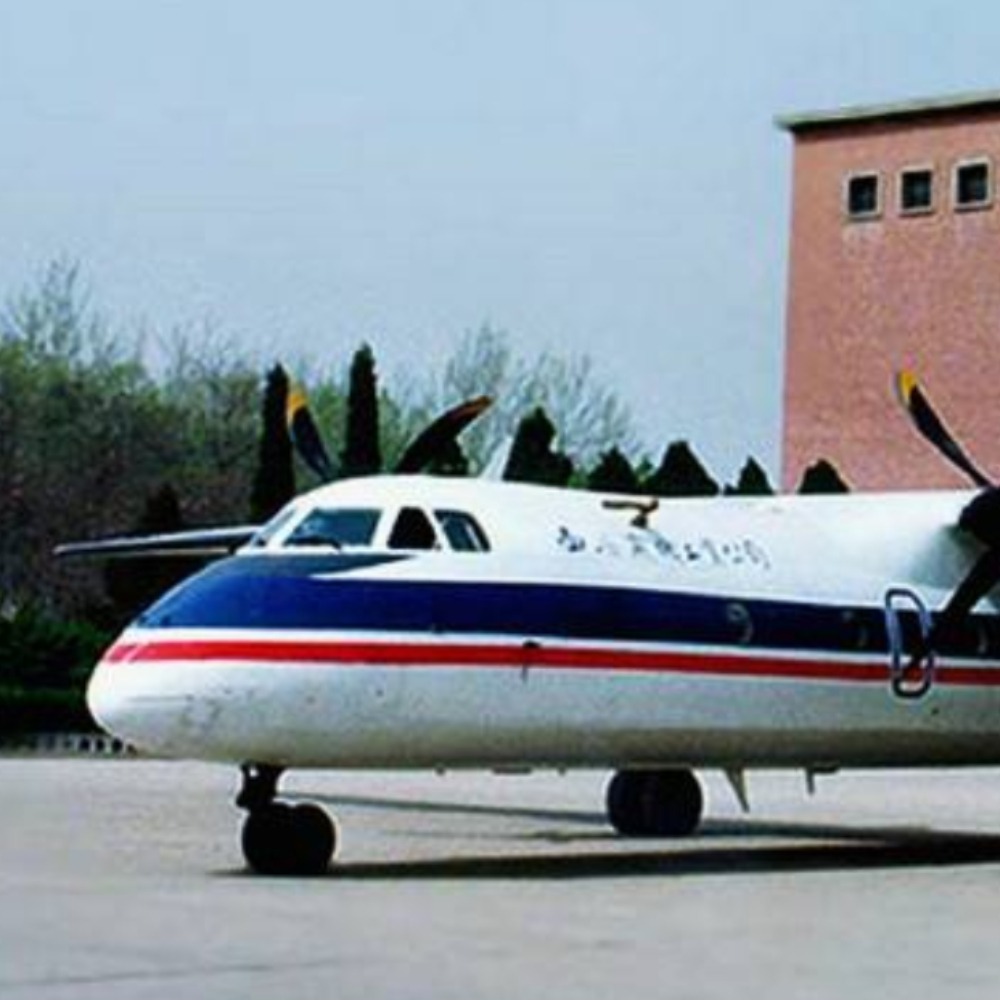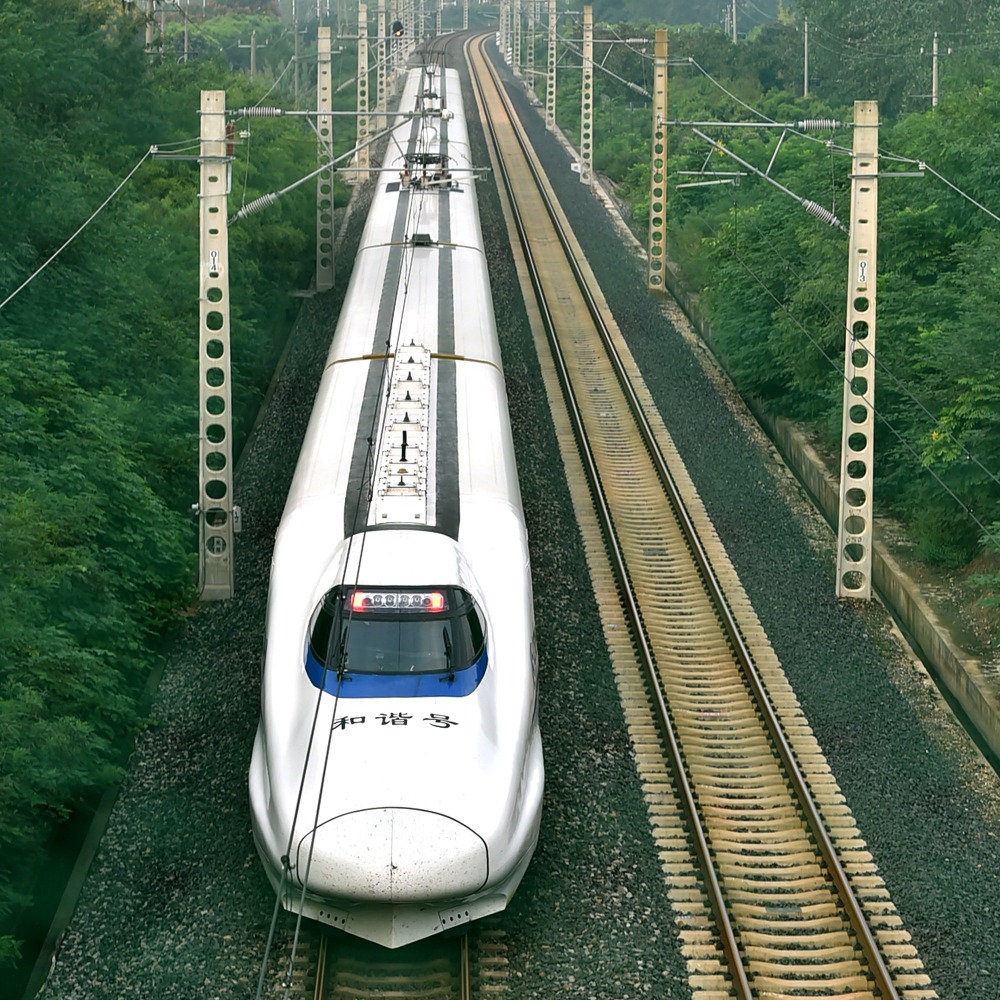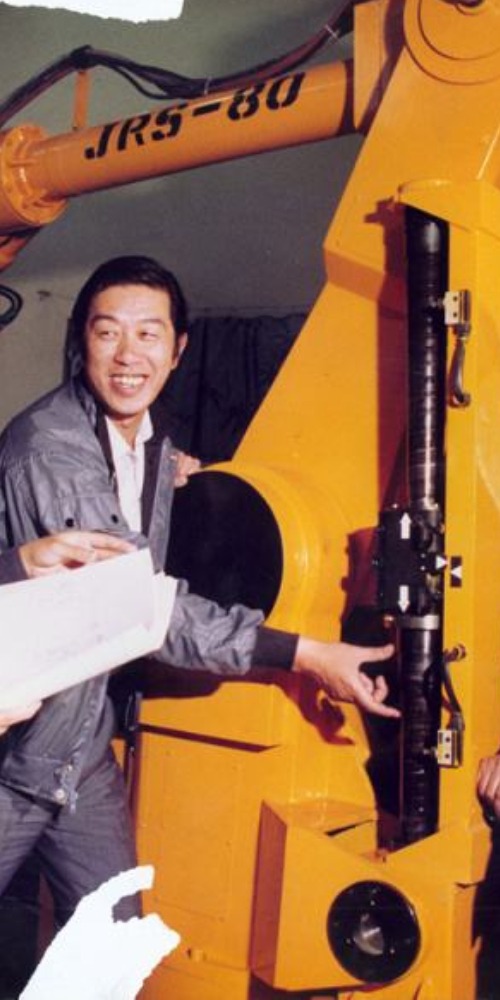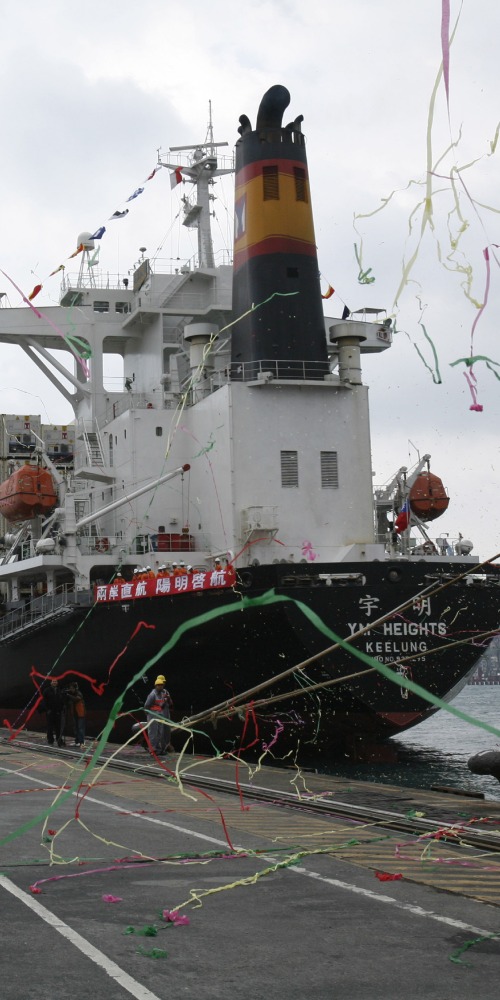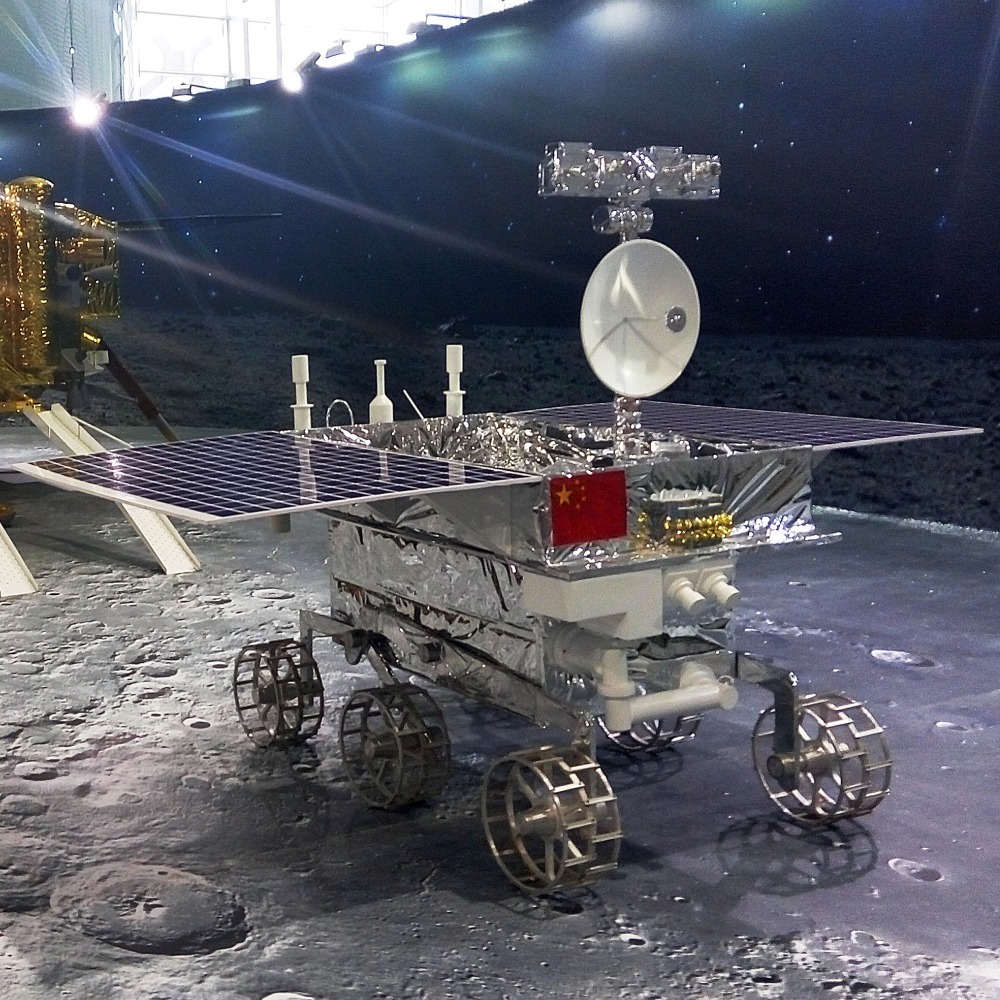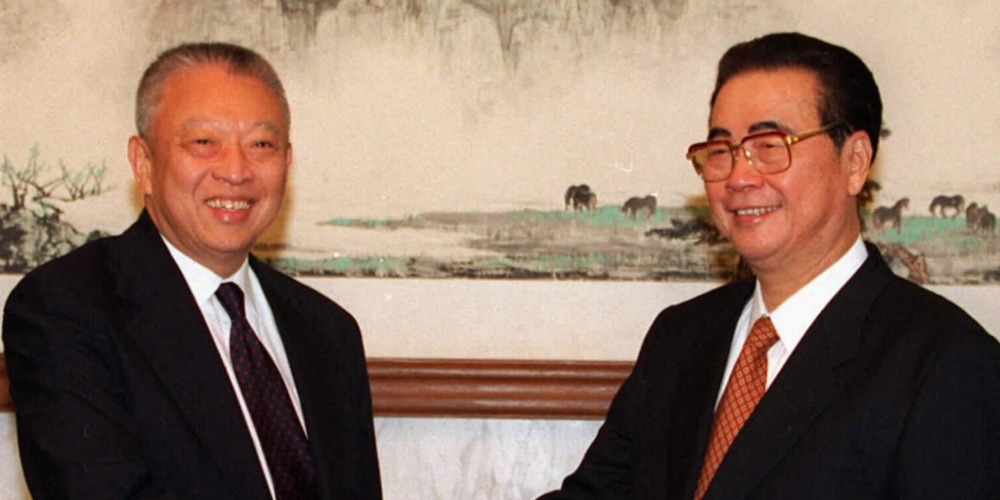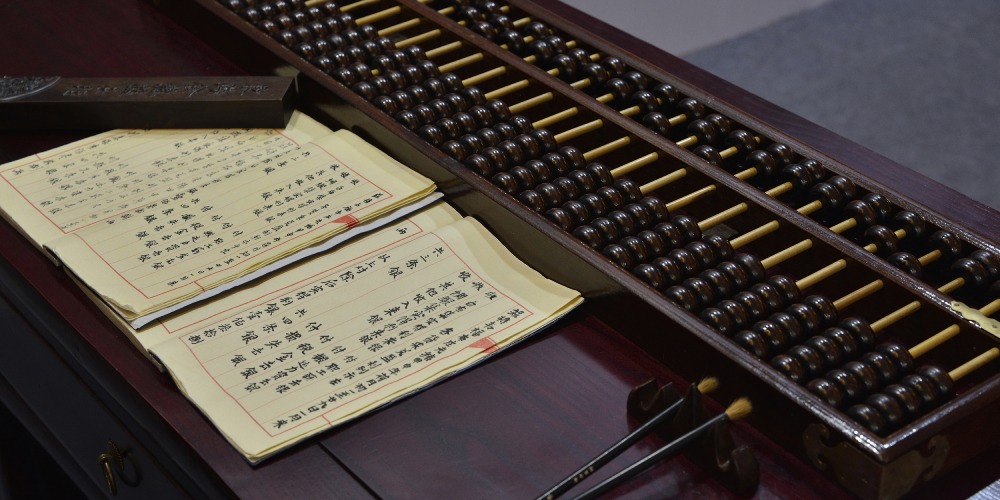Published : 2025-10-14
On 14 October, 1999, China's first transmission-type Earth-observing resource satellite, "Ziyuan-1," was successfully launched.
It was the first successful launch of a Chinese applicative satellite, and also the first satellite jointly developed with a foreign country in China.
Furthermore, it was the satellite that carries the most valuable payload in the history of China's satellite development.
"Ziyuan-1" was co-developed by China and Brazil. After being put into operation, it has been co-utilised by the two countries.
Besides the 01-star that was launched on that day, "Ziyuan-1" also includes the 02-star, 02B-star, 02C-star, and 04-star, totalling five satellites.
There were three types of cameras on "Ziyuan-1" for observing the Earth day and night. Using a high-bit-rate digital transmission system, the acquired data is transmitted back to ground stations on Earth, processed into various required images for use.
Ziyuan-1 can be used for surveying and studying the Earth's natural resources environment. It can remotely sense the Earth's resource reserves and environmental changes, discovering resources and disaster traces that are invisible to the naked eye.
Furthermore, Ziyuan-1 makes significant progress in realising 3D management of land resources, disaster prevention and mitigation, and accurate understanding of the Earth.
Its remote sensing data can serve numerous fields, such as agriculture, forestry, water conservancy, geology, energy, land, environment protection, ocean, surveying, urban and rural planning, and disaster monitoring.
